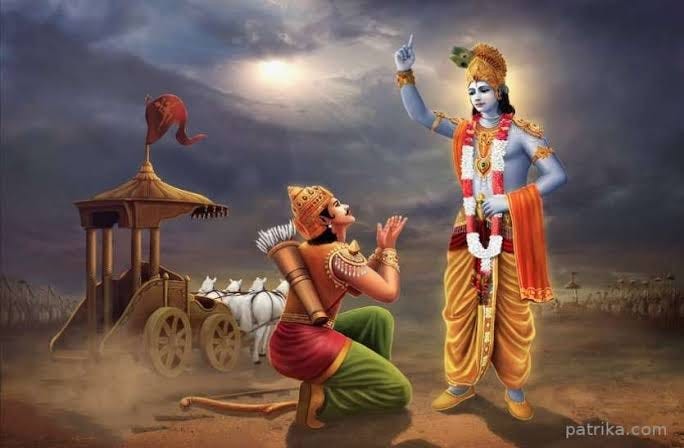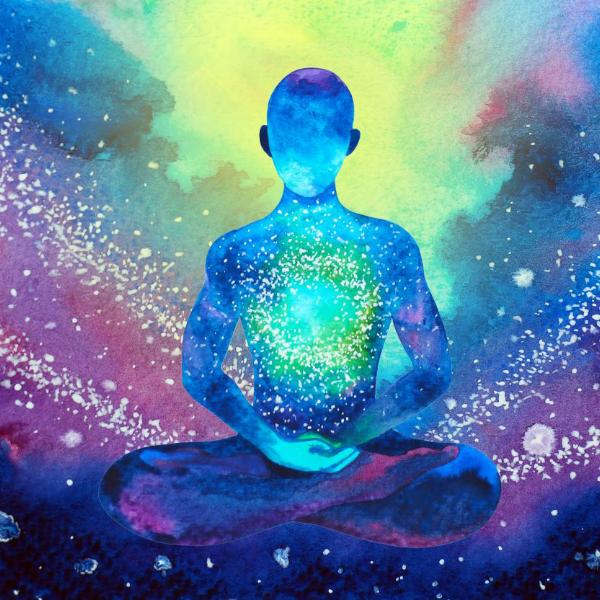
"When meditation is mastered, the mind is unwavering like the flame of a lamp in a windless place." – Bhagavad Gita 6.19

Few cultural treasures from any civilisation have achieved the global recognition that yoga has today. From Manhattan to Mumbai, Tokyo to Toronto, yoga studios flourish, drawing millions of practitioners every day. Once an esoteric spiritual discipline preserved in the forests and āśramas of India, yoga has now become a worldwide phenomenon - hailed by health experts, embraced by spiritual seekers and even recommended by the United Nations with June 21 declared as International Day of Yoga.
Yoga’s influence stretches across medicine, psychology, wellness and culture. For some, it is a means of physical fitness and stress relief; for others, it is a doorway to mindfulness, peace, and spiritual awakening. Celebrities, athletes and CEOs testify to its benefits, while universities and hospitals conduct research validating its transformative impact on both body and mind. In the 21st century, yoga has transcended national and religious boundaries, becoming a universal practice.
Yet, with its globalization has also come simplification - and sometimes distortion. In many circles, yoga is reduced to mere stretching exercises or a wellness brand, divorced from its profound philosophical roots. To truly understand yoga, one must move beyond its popularized forms and return to its objective definition, as preserved in the ancient scriptures and illuminated by great teachers from Patañjali to Chaitanya Mahāprabhu.
The Sanskrit word yoga comes from the root yuj, meaning “to yoke,” “to unite,” or “to join.” This conveys two complementary ideas:
Thus, yoga is not merely a physical exercise but a holistic method of inner transformation.
One of the most widely cited definitions is from Patañjali (c. 200 BCE), who systematized yoga into an eightfold path (aṣṭāṅga-yoga). In Yoga Sūtra 1.2, he writes:
“yogaś citta-vṛtti-nirodhaḥ”
Yoga is the cessation of the fluctuations of the mind.
Here, yoga is a process of disciplining thought so the practitioner can perceive reality directly, unclouded by distractions. It emphasizes meditation, ethical conduct, breath control and absorption.
The Gītā expands yoga into multiple streams, showing it as the universal spiritual path adaptable to different temperaments. Kṛṣṇa defines yoga as:
For the Gītā, yoga is not limited to meditation but includes selfless service, knowledge and devotion - all as avenues to connect with the Divine.
The Upaniṣads emphasize yoga as inner realization of unity between the individual soul and Brahman. The Kaṭha Upaniṣad (6.11) states:
“When the five senses and the mind are still, and the intellect rests in silence, that is called the highest state. This steady control of the senses is what is known as yoga.”
Here, yoga is not merely a practice but the state of consciousness where the illusion of separateness dissolves.
The great saint Sri Chaitanya Mahaprabhu, the Golden Avatara of Sri Krishna and Srimati Radharani, revolutionised the understanding of yoga for the modern age of Kali Yuga. While acknowledging meditation and austerity, he declared that the most effective and universal form of yoga is saṅkīrtana - the congregational chanting of God’s names through singing and dancing in a communal way of pure ecstasy. Citing the Bṛhan-Nāradīya Purāṇa, he taught:
“Harer nāma harer nāma harer nāmaiva kevalam kalau nāsty eva nāsty eva nāsty eva gatir anyathā”
“In this age of Kali, there is no other way, no other way, no other way than chanting the holy names of Hari.” (Cc. Ādi 17.21)
Followers of the classical schools of yoga built upon the foundations of Advaita often frowned upon Chaitanya's philosophy. One such person was the esteemed Prakashananda Saraswati of Benares who had thousands of devotees and often ridiculed joyful kirtana as emotional, childish play, unbecoming of a renunciate. He said:
“This Caitanya is a sannyāsī, but instead of studying Vedānta he simply sings and dances with sentimental followers. Such behaviour is shameful for a renunciant.” (Caitanya-caritāmṛta, Ādi-līlā 7.41–42)
Prakāśānanda invited Caitanya Mahāprabhu to a gathering of his disciples. There, he questioned Caitanya:
“You are a sannyāsī in the line of Śaṅkara, yet instead of sitting with us to study Vedānta, you chant and dance like a common sentimentalist. Why do you do this?” (Caitanya-caritāmṛta, Madhya-līlā 25.21–22)
Caitanya’s reply was humble, yet profound. He said:
“My spiritual master considered Me a great fool and therefore instructed Me that I had no qualification to study Vedānta. Instead, he kindly gave Me this instruction: Simply chant the holy name of Kṛṣṇa, for by chanting, all perfection will arise.” (Chaitanya Charitamrita, Madhya-līlā 25.9-10)
For Chaitanya, yoga is defined not as union with an impersonal Brahman but as restoration of the eternal relationship between the soul and Kṛṣṇa through loving devotion (prema-bhakti). Unlike solitary meditation, this yoga is communal, musical, joyful and accessible to all, regardless of social status or learning.
Thus, the yoga of saṅkīrtana becomes both the means and the end: chanting purifies the heart (ceto-darpaṇa-mārjanam), leads to liberation and culminates in love of Godhead.
To systematize, classical Indian thought recognizes four primary paths of yoga:
Each path appeals to different dispositions but ultimately converges in the realization of the Self’s divine nature.
“Yoga is the disciplined integration of body, mind and spirit, leading to direct realization of the ultimate reality - whether understood as Brahman, Paramātman, or Bhagavān. It is both the path and the goal: a science of self-transformation that harmonizes thought, action, and devotion to transcend ignorance and attain liberation.”
Yoga is not a trend, a brand or even a single technique. It is the profound discipline of union - of aligning the finite with the infinite, the individual with the universal. Whether through the silence of meditation, the wisdom of study, the service of selfless action or the joy of chanting divine names, yoga provides a comprehensive science of life and liberation. As Śrī Chaitanya Mahāprabhu demonstrated, its highest fruit is not abstract liberation but the awakening of love - the eternal bond between the soul and the Divine.
In this sense, yoga is best defined not by what it looks like externally, but by the transformation it brings within: the stilling of the mind, the purification of the heart and the realisation that the soul and God are eternally united in harmony.
In the present age of Kali, Chaitanya’s path of yoga - saṅkīrtana, the communal chanting of God’s names - stands out as both the loftiest and the most accessible. While other yogic paths may still lead to transcendence, they demand far greater austerity and discipline. Chaitanya offered the world a yoga that is at once simple and sublime, capable of granting the highest realisation through the pure joy of loving devotion.